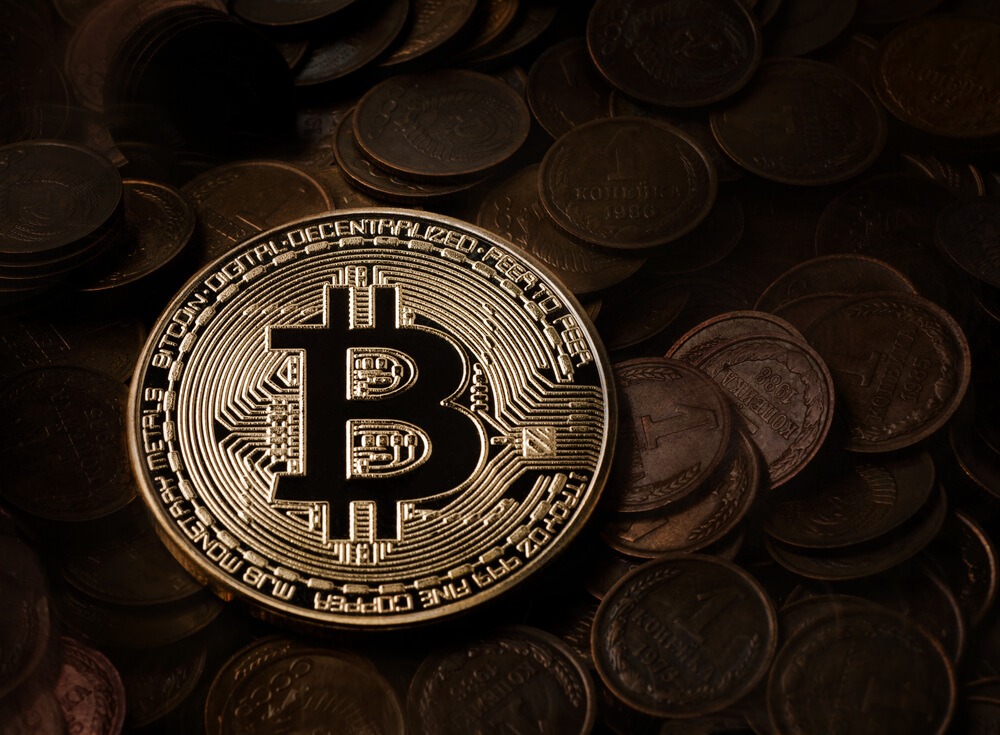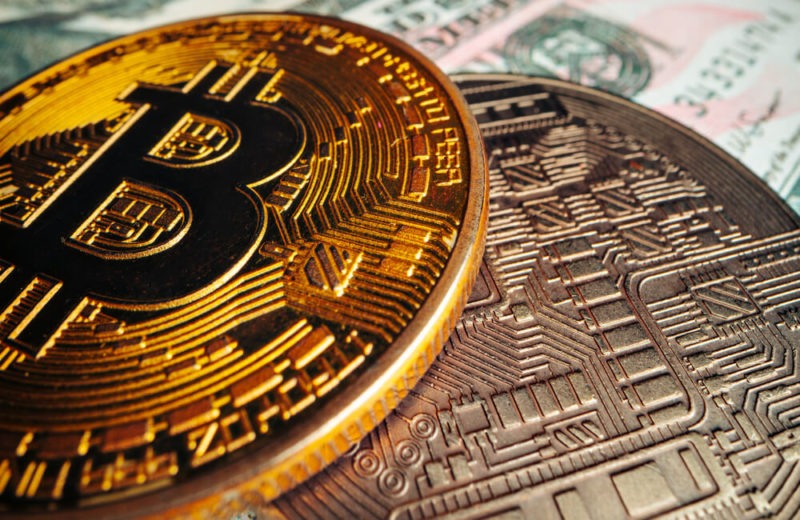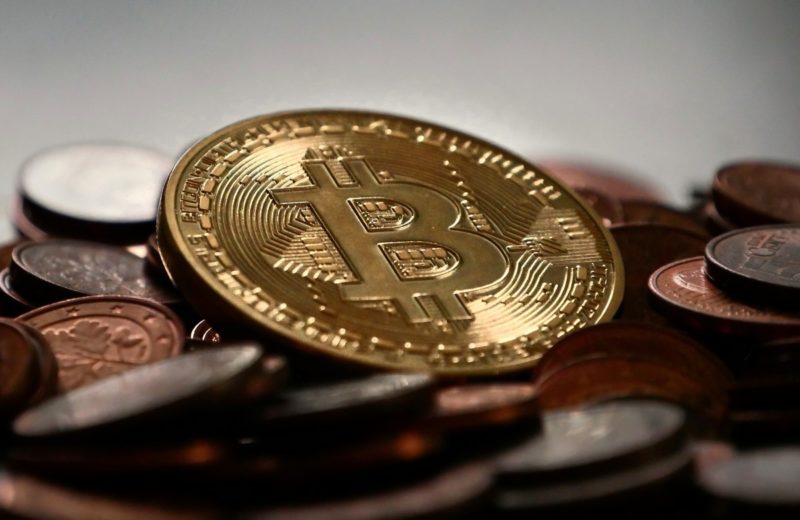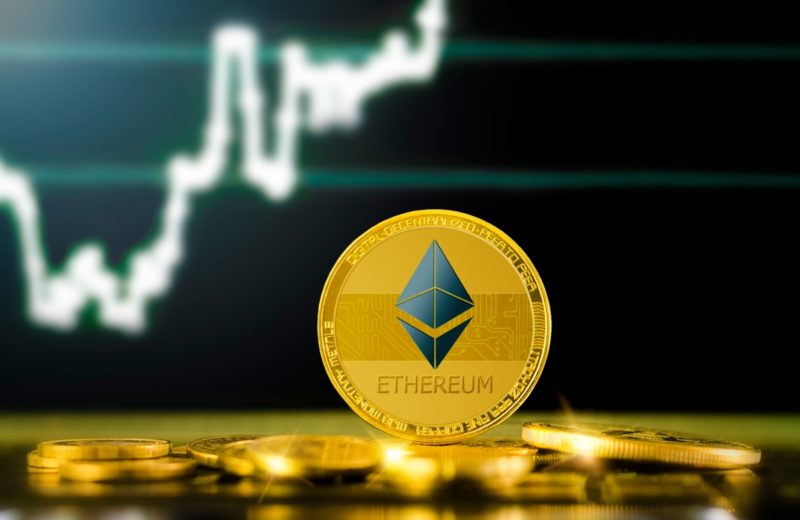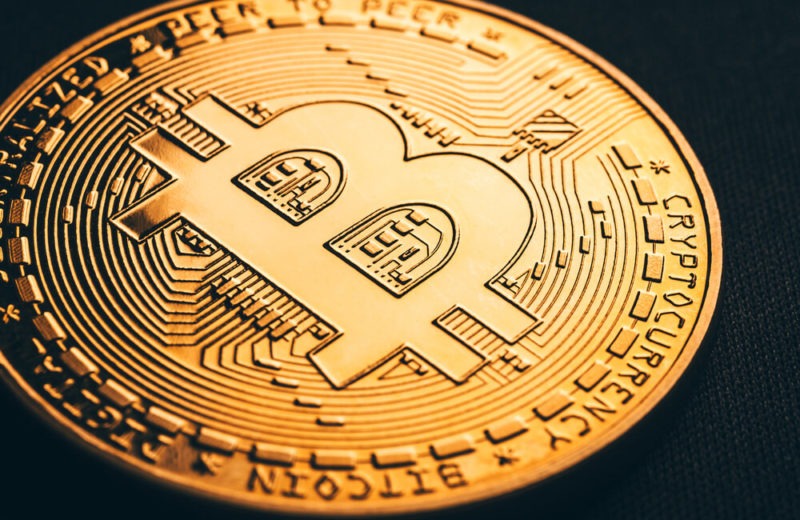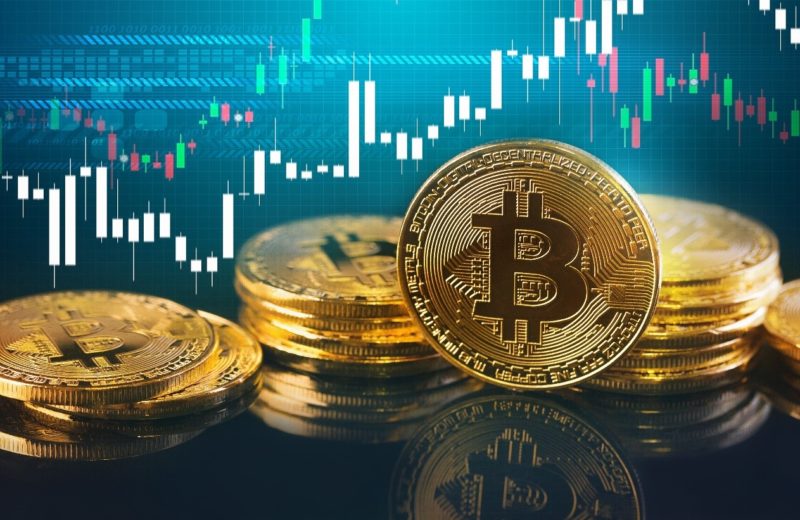Bitcoin (BTC), a leading cryptocurrency, undergoes impactful ‘halving’ events that significantly shape its network dynamics. In this article, we’ll delve into the economics behind the Bitcoin halving, examining its impact on price movements and market sentiment. Understanding these dynamics offers valuable insights for both investors and cryptocurrency enthusiasts.
Bitcoin Halving Overview
Bitcoin halving is an event occurring every four years in the network. It involves the reduction of the block reward received by Bitcoin miners for adding new blocks to the blockchain. Initially set at 50 Bitcoin for each block in 2009, the reward was later halved to 25 Bitcoin in 2012 and further reduced to 12.5 BTC in 2016. This event influences not only supply control but also the economics of Bitcoin mining, incentivizing miners to become more efficient and adapt to lower rewards.
Supply and Demand Dynamics
Bitcoin halving directly impacts the supply and demand dynamics of the cryptocurrency. By reducing the rate at which new BTC enters the market, halving effectively decreases the available supply. According to basic economic principles, when supply decreases while demand remains constant or increases, the price of Bitcoin Bank tends to rise. The scarcity effect generated by reduced supply may drive the price upwards if demand remains steady or increases.
Bitcoin Bull Run: Historical Price Movements
Historically, halving events have been linked with substantial pushes to Bitcoin up, exhibiting significant upward momentum before and after the event. For instance, during the 2012 halving, BTC’s price surged from about $12 to over $200 within a year. Similarly, after the 2016 halving, Bitcoin experienced a notable recovery, reaching around $19,700 in December 2017. After the most recent halving in May 2020, Bitcoin’s price surged from $8,787 to nearly $69,000 in November 2021.
Investor Sentiment
Bitcoin halving events often trigger heightened market attention and anticipation. The prospect of reduced supply and potential price surges tends to foster positive sentiments among investors and traders. This optimistic outlook could drive increased demand for Bitcoin as traders seek to capitalize on anticipated price hikes.
Market Developments and Bitcoin ETF
Stay updated on the latest crypto trends, including BlackRock’s revised spot Bitcoin ETF model and its potential impact on Wall Street. BlackRock’s ETF model represents an important step in bridging the divide between traditional financial mechanisms and the Bitcoin movement. Its potential approval could herald a new era in institutional investment strategies, marking an important milestone in the evolution of digital asset investments.



